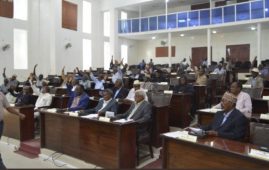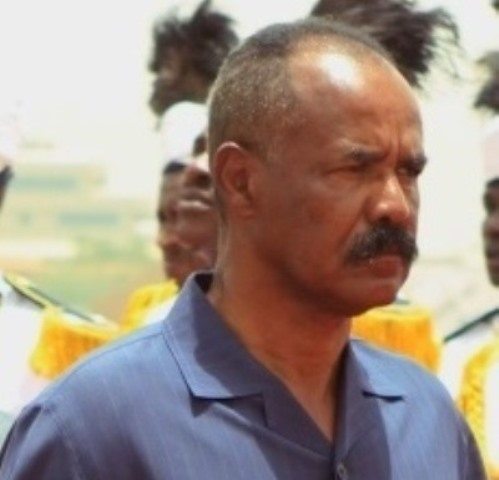(Constant Munda)
KENYA’s economy was yesterday estimated to 25.2 per cent bigger after revised figures by the Kenya National Bureau of Statistics showed yesterday.
The value of goods and services – gross domestic product – is now estimated at Sh4.76 trillion at at last year up from Sh3.80 trillion earlier stated last May in the Kenya Economic survey 2014.
As a result, the average wealth of every Kenyan, known as GDP per capita, is now $1,246 up from $994.
This lifts Kenya to a lower middle income economy from low income after surpassing the $1,036 benchmark by the World Bank.
Kenya effectively become Africa’s ninth largest economy from 13th after surpassing Ghana, Tunisia and Ethiopia. Nigeria, South Africa, Egypt, Algeria, Angola, Morocco, Libya and Sudan still rank higher.
By GDP per capita, that factors in population size, Kenya ihas climbed at position 25 from the previous 31 in Africa.
The more than a quarter rise in the size of the economy only changes the wealth on paper which is important in helping government and private sector to make better policy and investment decisions, respectively, in light of current fundamentals.
“An increase in GDP per capita does not mean that Kenyans will be well off than they were a year ago,” Planning secretary Anne Waiguru emphasised during the launch in Nairobi. “It does not take into account how national wealth is actually shared.”
The new updated data followed the change of the base year to 2009 from 2001, a process known as rebasing, to rope in changes in the economy that were not captured back then.
The jump into new economic status was driven largely by agriculture, real estate and ICT sectors.
The contribution of the real estate to the GDP in 2013 has been revised to Sh375.33 billion from Sh118 billion, while that of ICT which has now been separated from transport, has surged to Sh280 billion from Sh200 billion.
The rebasing last done eight years ago in 2005 affected GDP figures from 2006 to 2013.
Consequently, economic growth in 2013 has been revised upwards to 5.7 from 4.7 per cent.
The highest growth under the review years was in 2010 at a revised 8.4 from 5.8 per cent on account of agriculture whose growth then has been upgraded to 9.9 from 5.2 per cent.
The expansion in 2007, hitherto considered the highest growth year, has been downgraded to 6.9 from 7.0 per cent, while that for the deadly post-election violence year 2008 has been slashed to 0.2 from 1.5 per cent.
Economic growth for 2009 and 2011 have been upgraded to 3.3 from 2.7 per cent and 6.1 from 4.4 per cent, respectively. That for 2005 has been marginally downgraded to 4.5 from 4.6 per cent.
National Treasury secretary Henery Rotich however said this year’s growth would likely be lower than revised last year’s 5.7 per cent to between 5.3 and 5.5 per cent on unrelenting insecurity challenges that have hurt tourist arrivals and slowed down investment in both public and private sector.
The new GDP figures will significantly slash key statutory targeting ratios of public debt, inflation, revenue, current account, expenditure and wages, among others.
World Bank’s senior economist Johan Mistiaen however reassured that Kenya will still be retained on concessional lending programme under IDA since it was only above the lower and not the upper GNI per capita limit.
Economic researchers said they were not surprised by the new figures as most investors have already been treating Kenya as a middle income country.
“The revised growth rates also suggest that Kenya’s output gap has been closing faster than previously believed,” Razia Khan, head of research for Africa at Standard Chartered Bank said in a statement.
**********************
* Originally published on The Star on Sept. 30, 2014.





